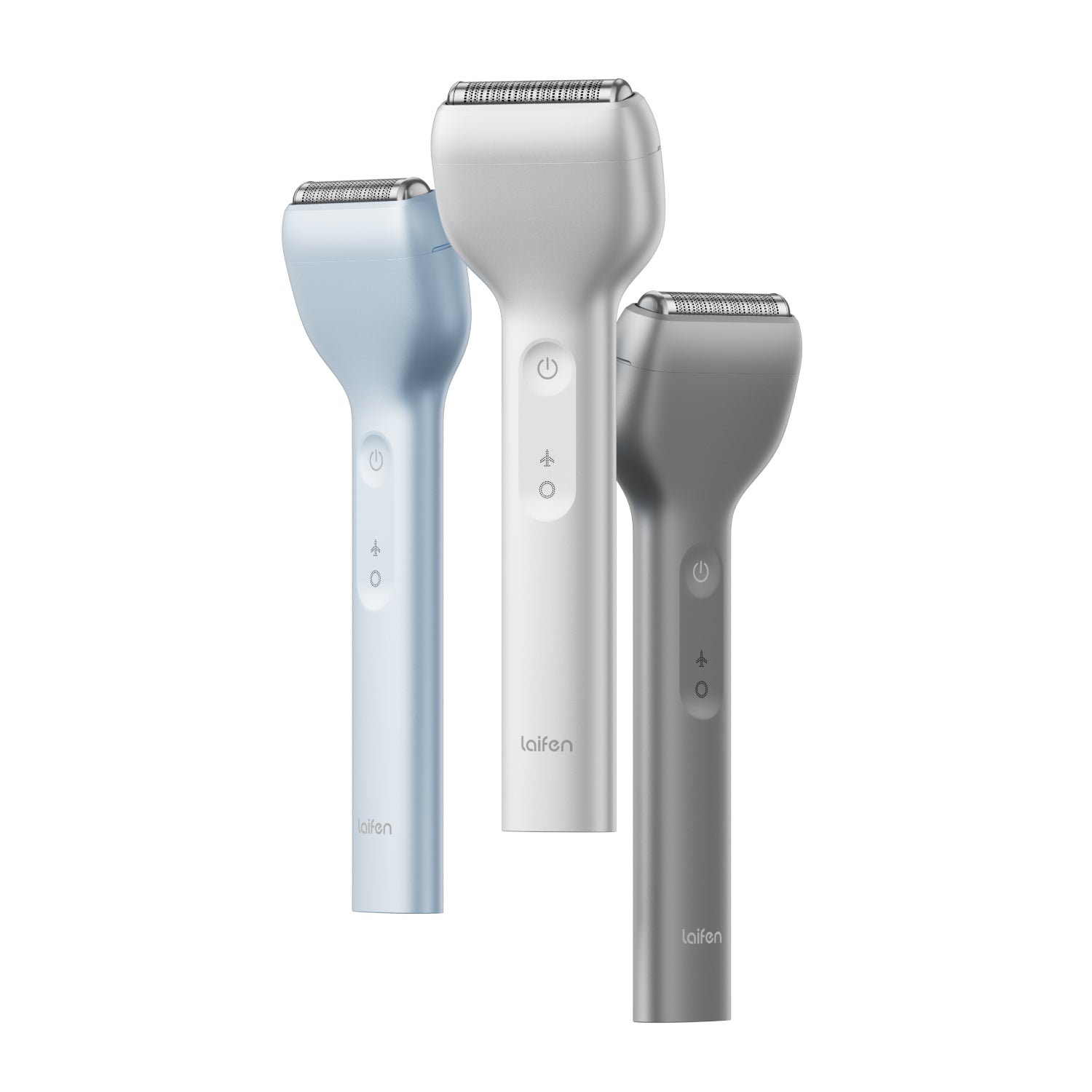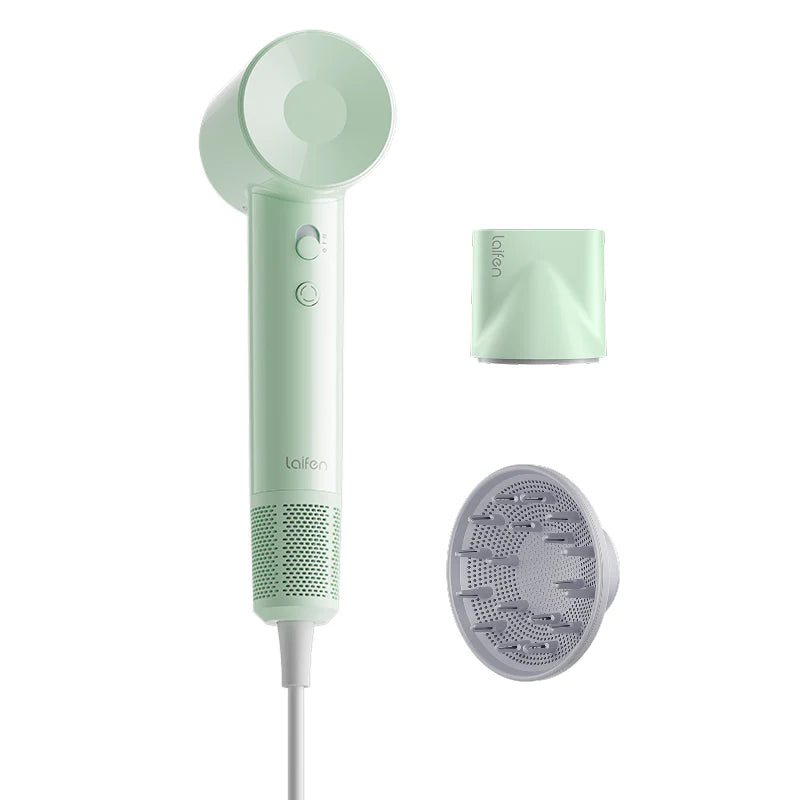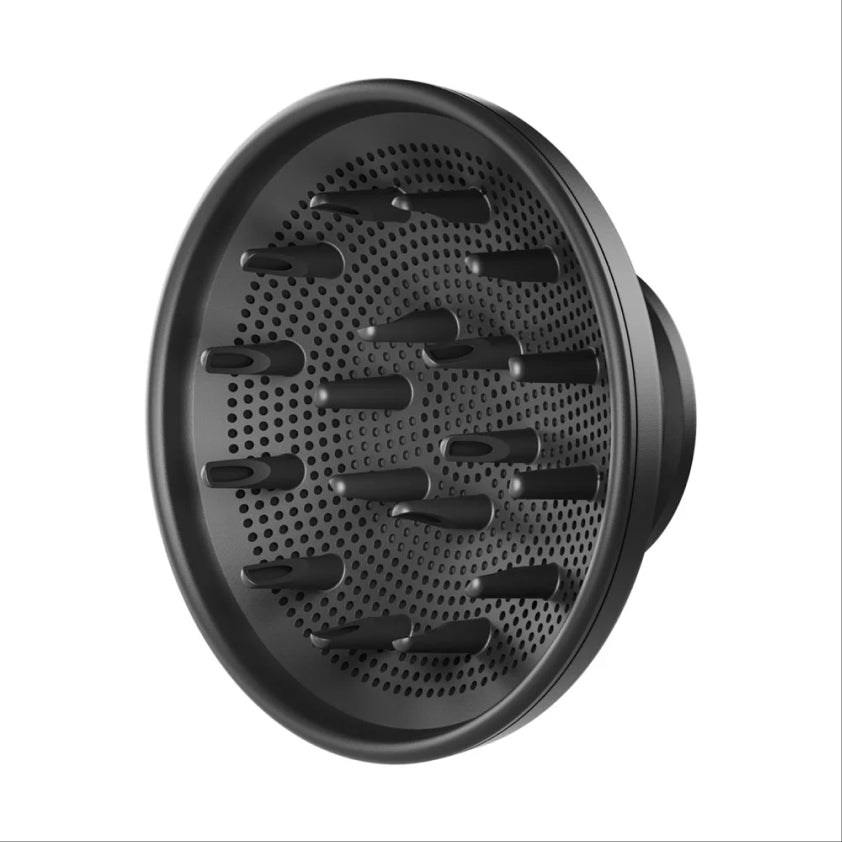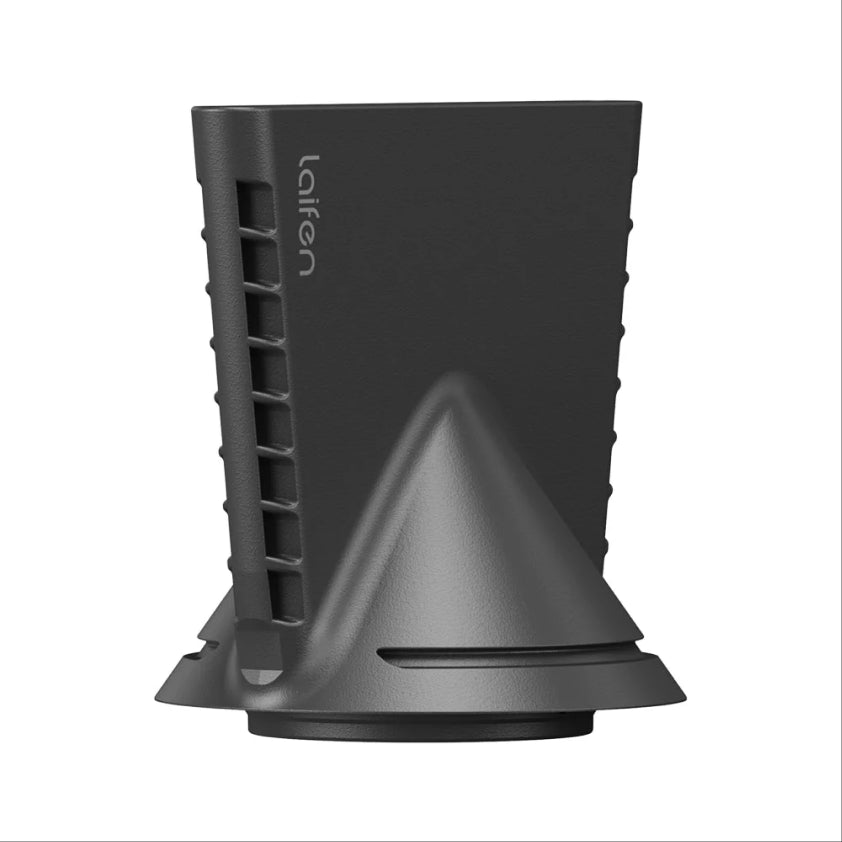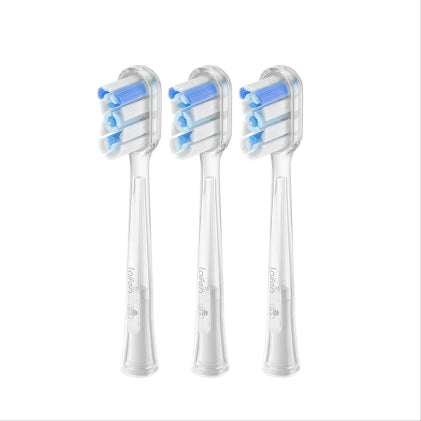
In this article
Is your hair crying out for help? You're not alone if you're dealing with dry, brittle strands that seem beyond repair. Damaged hair often needs more than regular Conditioning, whether from that damage caused by excessive heat styling, chemical treatments such as regular hair dyes, or environmental stress. This is where hair masks come in. Read on to learn some handy tips.
Understanding Hair Damage
But before we dive into solutions, let's try to understand what causes dry, damaged hair:
- Excessive heat styling with low-quality tools (like those bargain hair dryers that feel like they're frying your hair rather than drying it)
- Chemical treatments and regular hair coloring
- Environmental factors (sun, chlorine, hard water)
- Poor hair care routine
- Deficiencies in nutrition
- Using harsh shampoos or washing too often
- Tight hairstyles causing breakage
What Makes an Effective Hair Mask?
A few ingredients found in the best hair masks for damaged hair treat different areas of hair health:
1. Proteins
- Keratin
- Collagen
- Silk proteins
- Wheat protein
These strengthen hair structure and also prevent breakage.
2. Moisturizing Agents
- Hyaluronic acid
- Shea butter
- Aloe vera
- Glycerin
- Panthenol
These are perfect for deep hydration and retaining moisture in the hair.
3. Natural Oils
- Argan oil
- Coconut oil
- Jojoba oil
- Marula oil
- Camellia oil
These help by penetrating the hair shaft for deep nourishment.
DIY vs. Store-Bought Hair Masks
Benefits of DIY Hair Masks
Natural hair masks can be made right in your kitchen with ingredients like:
- Avocado and honey
- Egg and olive oil
- Banana and coconut oil
- Greek yogurt and honey
- Aloe vera gel with coconut milk
- Mayonnaise and avocado oil
Though results may vary, these fabulous options can provide immediate nourishment without harsh chemicals.
Store-Bought Hair Masks
Professional hair masks often contain:
- Concentrated active ingredients
- Laboratory formulated compounds
- Longer shelf life
- Consistent results
- Specialized ingredients for specific hair types
Top-Recommended Hair Masks for Damaged Hair
When it comes to store-bought options, two standout products have consistently delivered excellent results:
Olaplex No. 3 Hair Perfector. This revolutionary pre-shampoo treatment has earned its cult status for good reason. It repairs broken links in the hair structure and the damage caused by chemical treatments and heat styling by working at a molecular level. What makes it so unique:
- It contains exclusive bond-building technology.
- All hair types can use it.
- After one or two treatments, noticeable benefits are seen.
- It can be used for upkeep once a week.
- Ideal for bleached or chemically treated hair
Briogeo Don't Despair, Repair! Deep Conditioning Mask. This clean beauty favorite combines the power of natural ingredients with scientific formulation:
- It is packed with algal extract, rosehip oil, and B vitamins
- All hair types can use it.
- Devoid of sulfates, parabens, and silicones
- Reduced breakage after two uses, as demonstrated by clinical research
The Science Behind Hair Mask Treatments
Understanding how hair masks work can help you choose the right one:
- Cuticle Layer: Hair masks contain molecules that temporarily seal the cuticle layer
- Moisture Retention: Humectants in masks draw moisture into the hair shaft
- Protein Bonding: Protein molecules attach to damaged areas
- Lipid Reinforcement: Oils help replace lost natural lipids
How to Apply Hair Masks for Maximum Benefits
Follow these steps for the best results:
- Start with clean, damp hair
- Section hair carefully
- Apply mask from mid-length to the ends
- Be more generous with the product in damaged areas
- Leave on for the recommended time (usually 15-30 minutes)
- Rinse thoroughly with lukewarm water
Pro Tips for Better Results
To maximize your hair mask's effectiveness, follow these pro tips, and you'll be well on your way to achieving salon-worthy results at home. Remember that patience and proper application are key:
- Wear a shower cap while the mask is being processed;
- Use mild heat to improve penetration
- Avoid overuse of protein-based masks
- Maintain consistency in your treatment plan.
- Use a wide-tooth comb to comb through.
- Do not fall asleep with a mask on unless instructed to do so.
Creating a Hair Mask Schedule
Timing is everything when it comes to hair masks. Your application schedule should vary depending on your hair's condition and needs.
For severely damaged hair:
- Use intensive masks 1-2 times per week
- Alternate between protein and moisturizing masks
- Reduce frequency as hair health improves.
For maintenance:
- Apply masks once every 1-2 weeks
- Focus on moisturizing ingredients
- Adjust based on seasonal changes
Common Hair Mask Mistakes to Avoid
Even the best hair mask won't work if you're making these common application mistakes. Here's what to watch out for:
- Using too much product
- Applying to the scalp instead of lengths
- Not distributing the product evenly
- Rinsing with hot water
- Overusing protein treatments
- Skipping patch tests for new products
Prevention: Better Than Cure
While hair masks are super powerful remedies, preventing damage in the first place is probably the best strategy. Think of these steps as an insurance policy for your hair's health.
- Heat styling a little and less often as you can
- Apply heat-resistant materials.
- Regularly trim your hair to keep it safe while you sleep.
- Make use of satin or silk pillows.
- Regularly deep condition
- Steer clear of chemical treatments whenever you can.
Signs Your Hair Mask is Working
Success doesn't show on the surface overnight, but these telltale signs indicate your hair mask routine is working its magic. Also, you can always keep track of these improvements to monitor your progress.
- Reduced breakage: less hair in your brush and sink
- Increased shine: healthy hair reflects light better
- Better manageability: ease with styling and less tangling
- Less frizz: a smoother and more controlled texture
- Improved elasticity: hair stretches and returns without breaking
- Softer texture: noticeable improvement in how hair feels
- More vibrant color: treated hair maintains its shine and tone longer
When to Seek Professional Help
If your hair doesn't improve after 6-8 weeks of consistent mask treatments, it might be time to perhaps think about consulting a professional stylist or trichologist for specialized treatments. They may recommend the following:
- Professional-grade treatments
- Customized hair care plans
- In-salon Deep Conditioning
- Scalp treatments
- Hair structure analysis
Remember, restoring damaged hair takes time as well as some patience. You can revive your locks and maintain healthy, vibrant hair with a suitable hair mask and consistent care.


